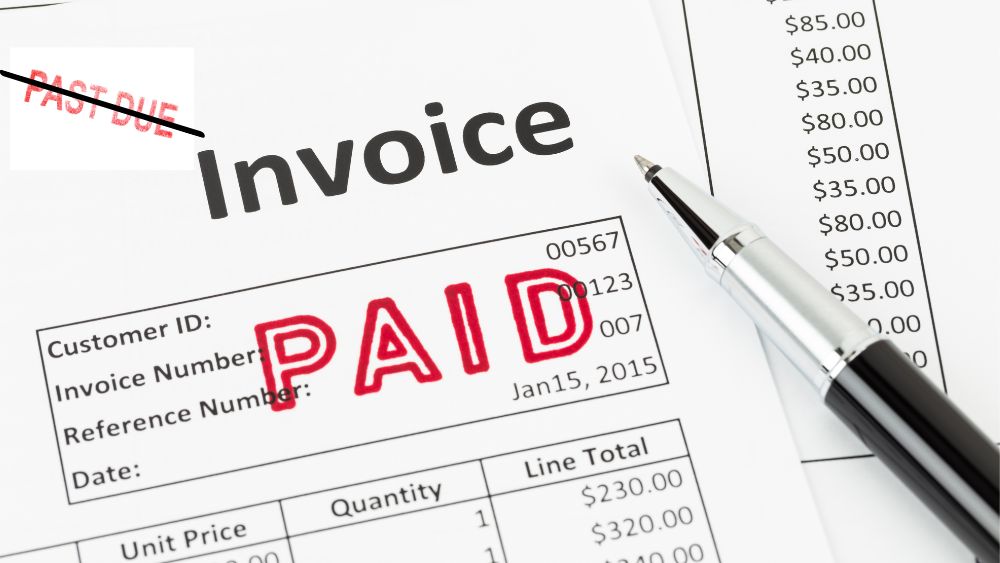What should you do when a previously reliable customer’s payment habits start to slip a bit, and they start to exhibit indicators for concern? Anything from new ownership or management to outside economic stresses or sales slowdowns can change a good customer into a problematic customer.
When a customer’s current supply needs and deteriorating payment habits don’t match up with your credit limit comfort zone, it’s important to manage that exposure to minimize financial risk.
Here are 5 ideas for creating a game plan for potentially distressed customers:
1. Monitor and Identify Warning Signs
Progressively late payments, changes in ordering habits, requests for extended payment terms, confusion over invoices, and sporadic communication are all signs of customer distress. Credit staff should keep detailed records of discussions related to deviations from normal patterns and understand early detection is a priority.
2. Communicate Openly with Customer
When concerns arise, reach out in a respectful and non-confrontational manner. Express your commitment to the business partnership and ask about potential challenges they might be facing. For example, “we’ve noticed a slight delay in recent payments and want to touch base to see if there’s anything we can do to support you.”
3. Understand Underlying Causes
Make sure you understand the customer’s situation. Are they experiencing temporary cash flow issues or are there more significant, long-term financial problems?
If the issue is short-term, offering flexibility or adjusting payment terms could be mutually beneficial; however, if more complicated issues are happening, it might require a more cautious approach.
4. Review Credit Terms and Limits
Consider reevaluating the customer’s credit terms and credit limits to lessen financial exposure. Perform a credit review, pulling a new credit report to get an idea of what else might be happening with other sources. Once researched, tailor decisions based on the customer’s response and the severity of the situation.
5. Offer Creative Support and Solutions
Given that this is a customer you want to continue working with, and help through a tough time, you can create practical solutions that benefit both parties. This might include setting aside a balance due and setting up a payment plan to retire that debt. Temporarily extending terms or connecting the customer with resources that can help manage their financial challenges may also be very helpful.
Customers in a financial pinch might be able to make lower, more frequent payments if you offer to temporarily shorten terms. The best approach to start this conversation is to ask the customer what they need and what would be helpful to them.
Conclusion
While it’s important to use different strategies to help resolve these types of customer situations, you must also protect your business. Using a measured, laid-out response starting with early detection, open communication, and helpful payment solutions can preserve the partnership while safeguarding your business interest.
Ultimately, the goal is to find a resolution that works for both sides and maintains mutual trust and respect.

